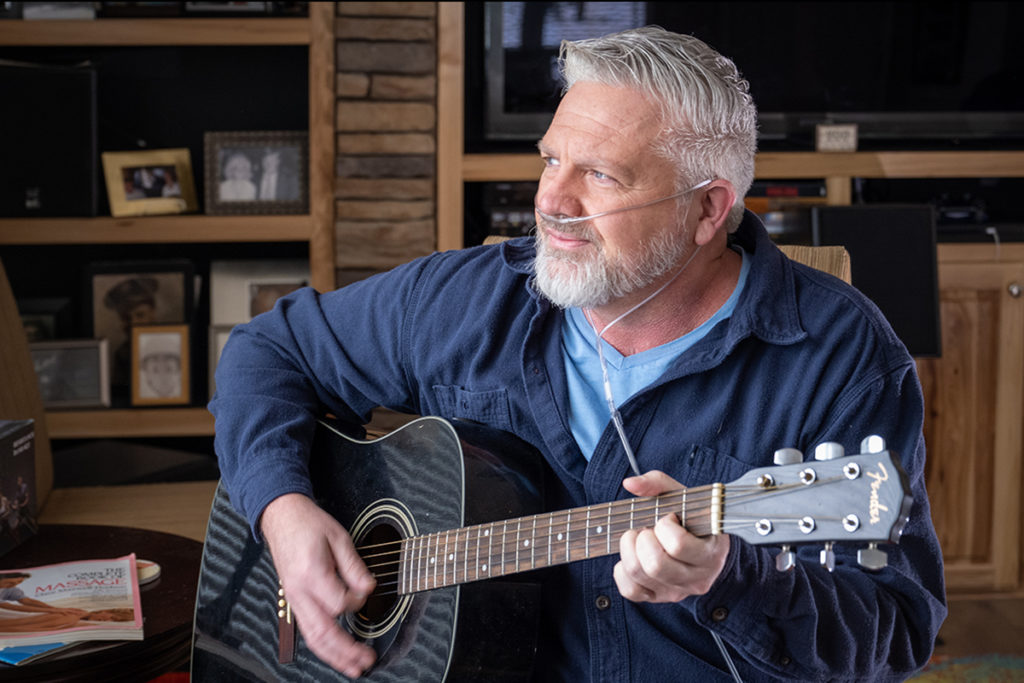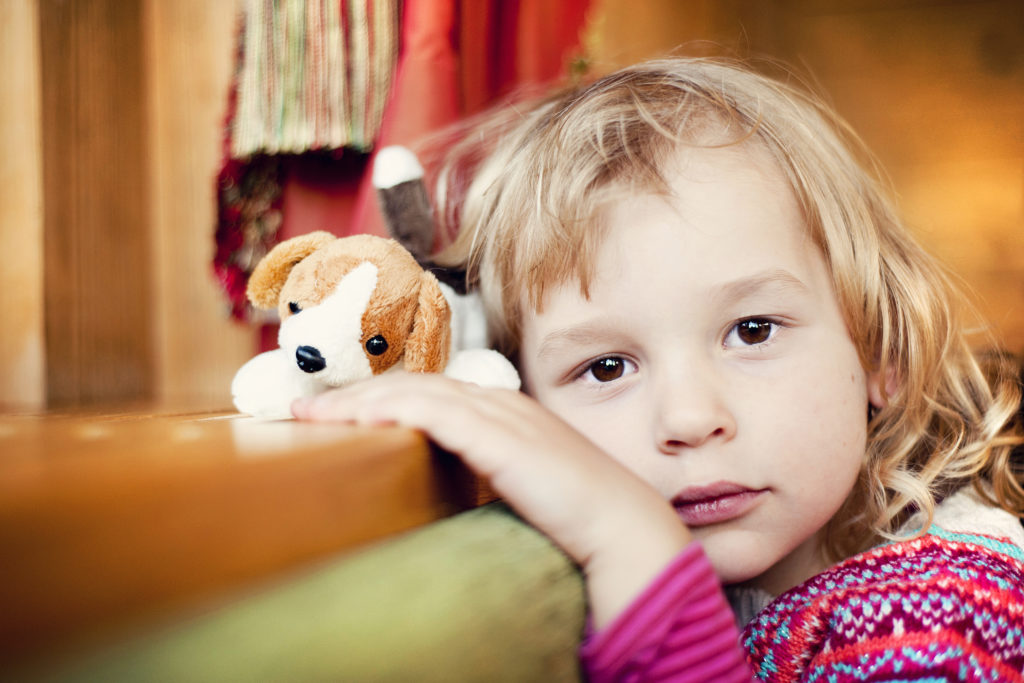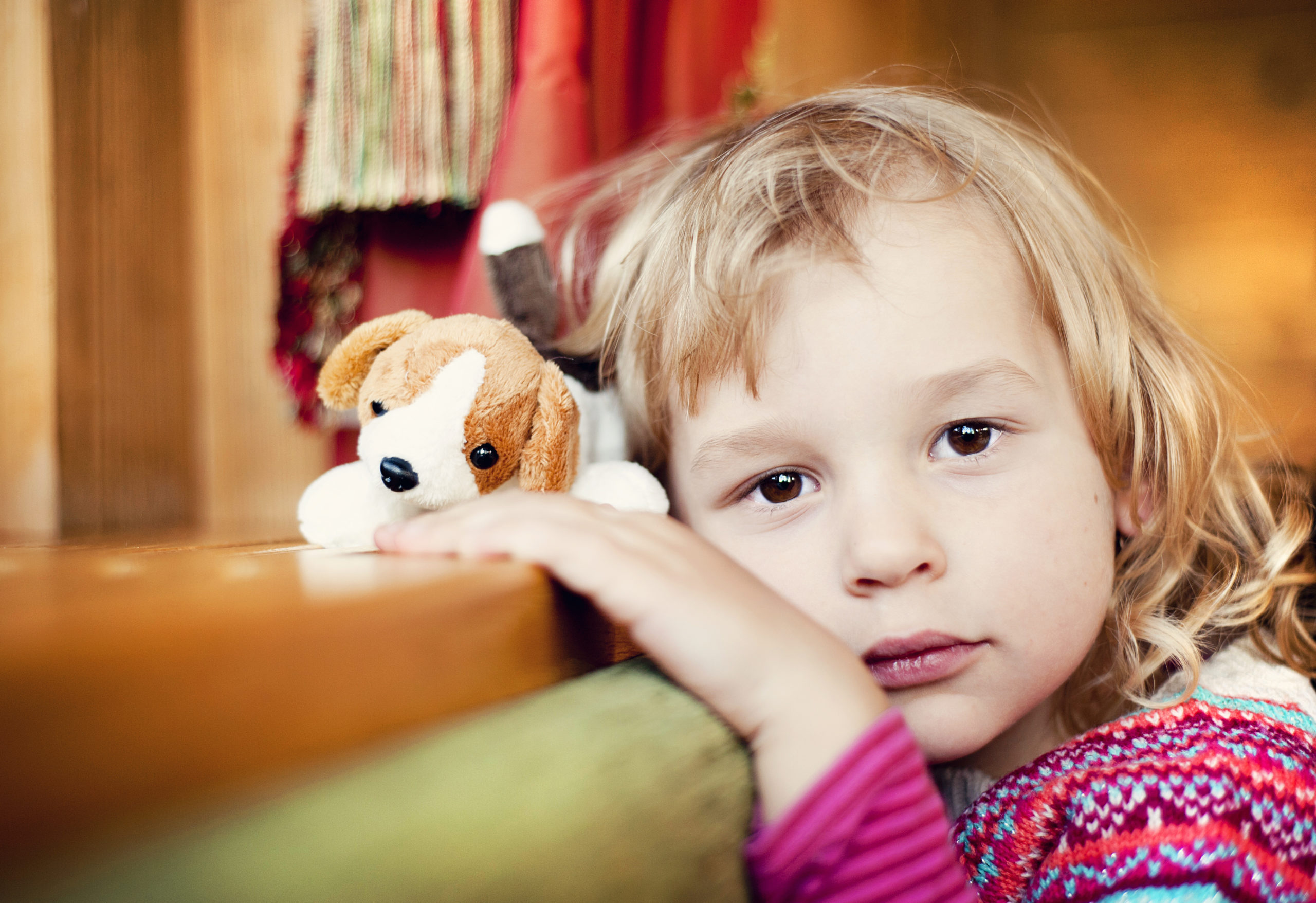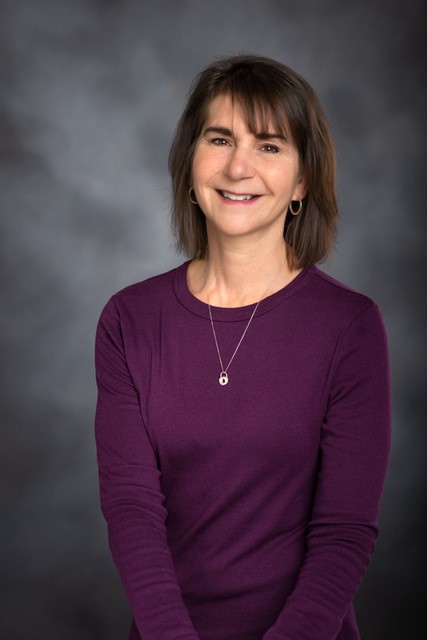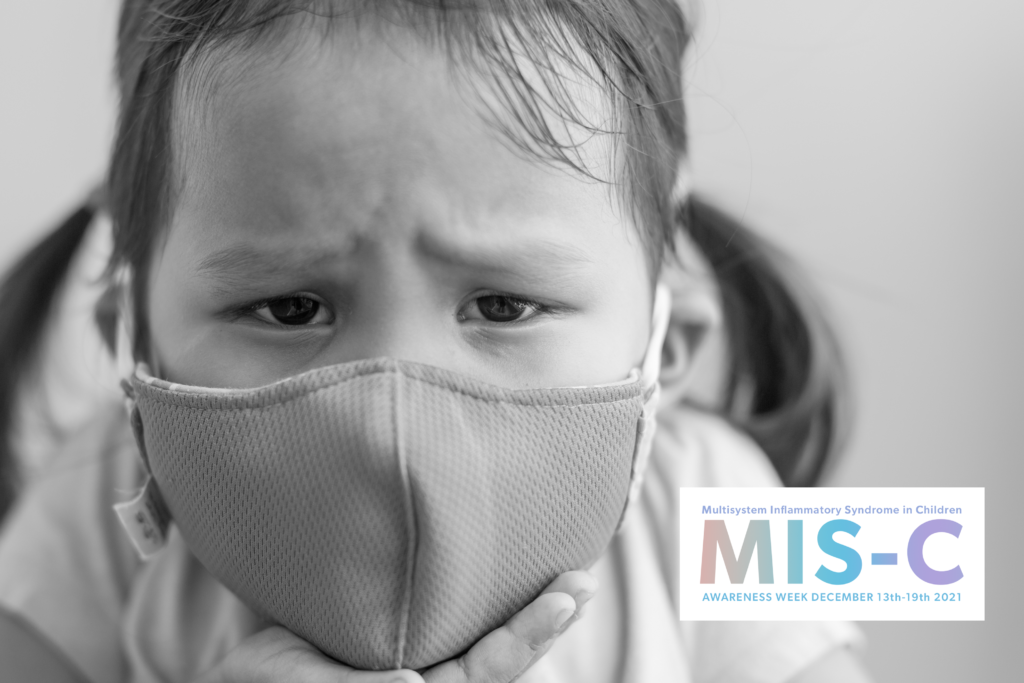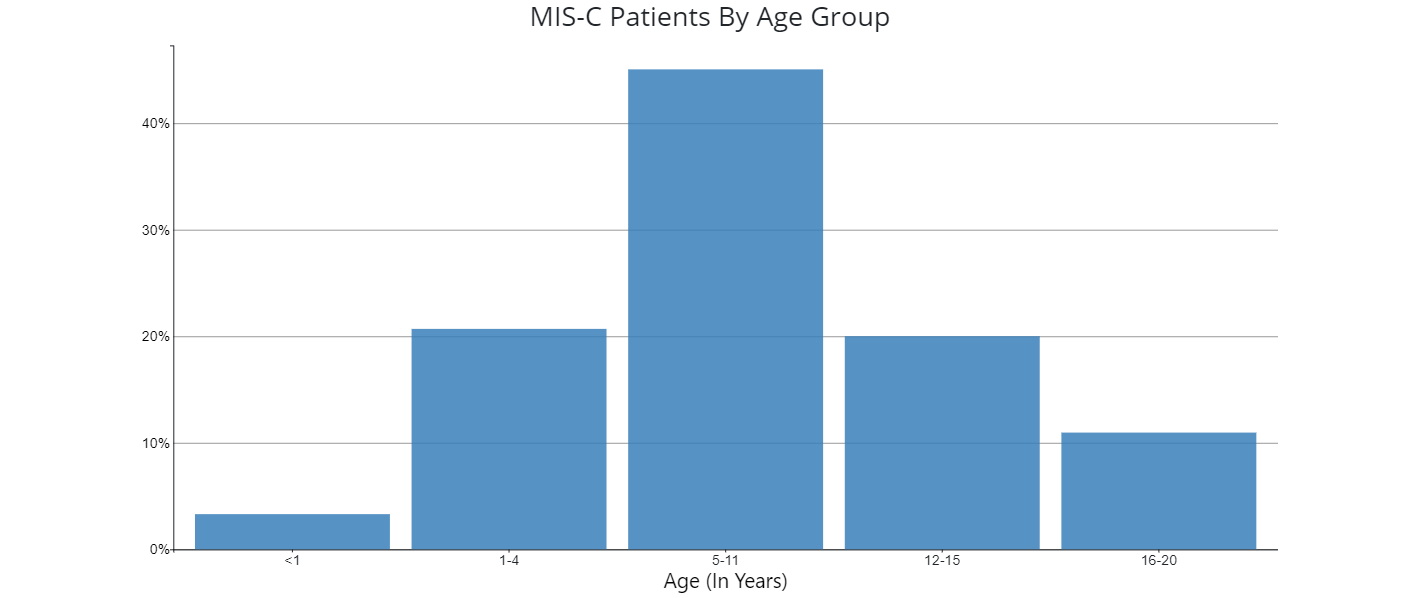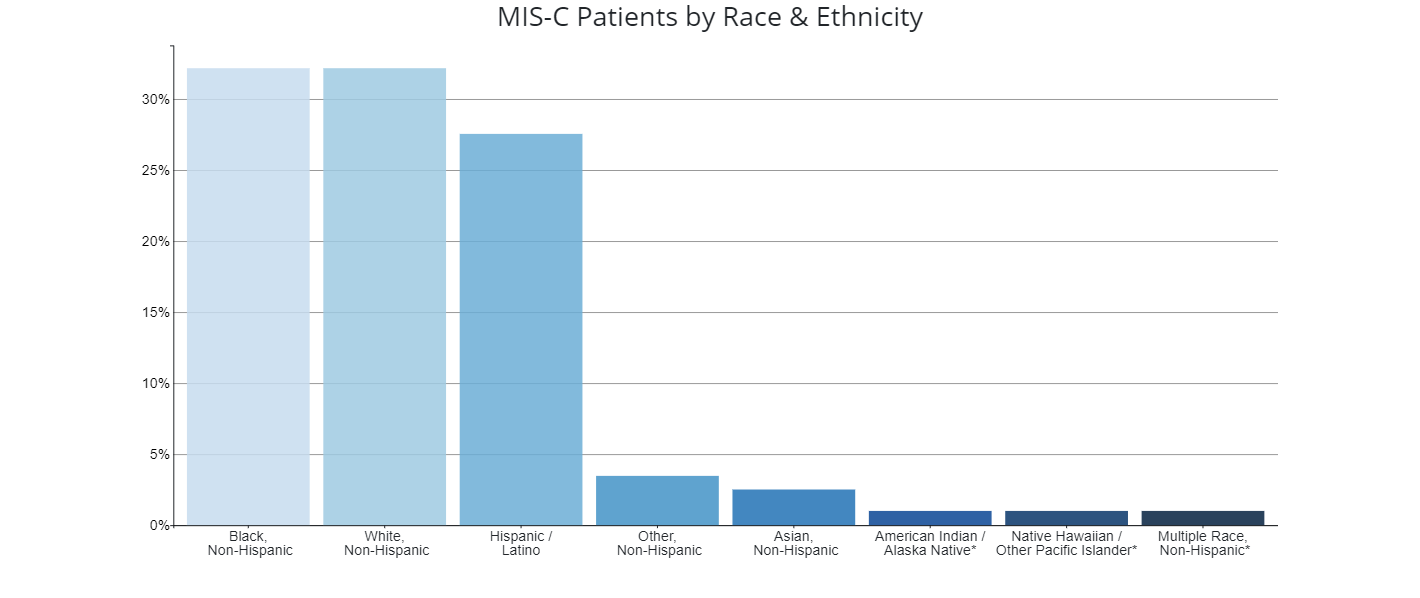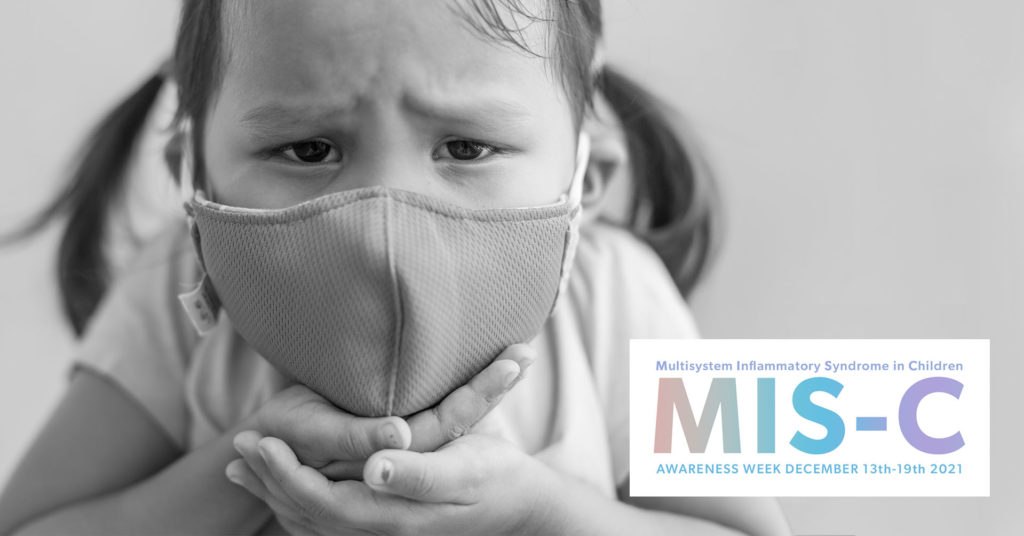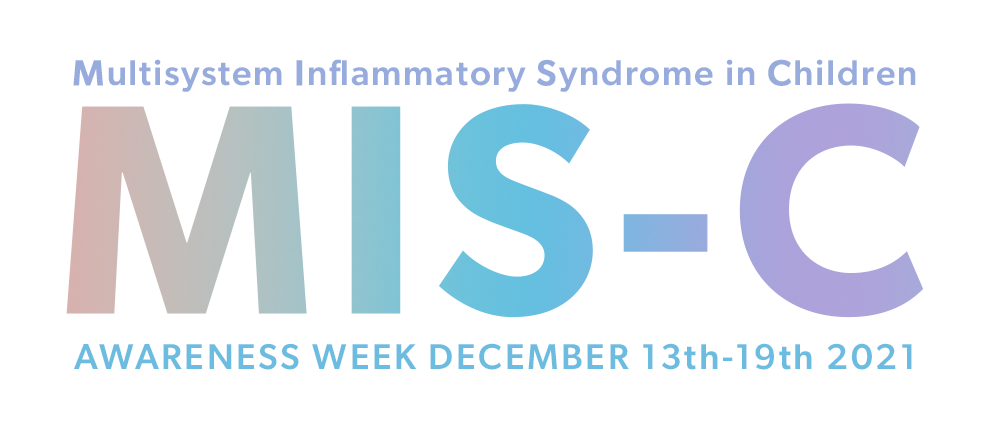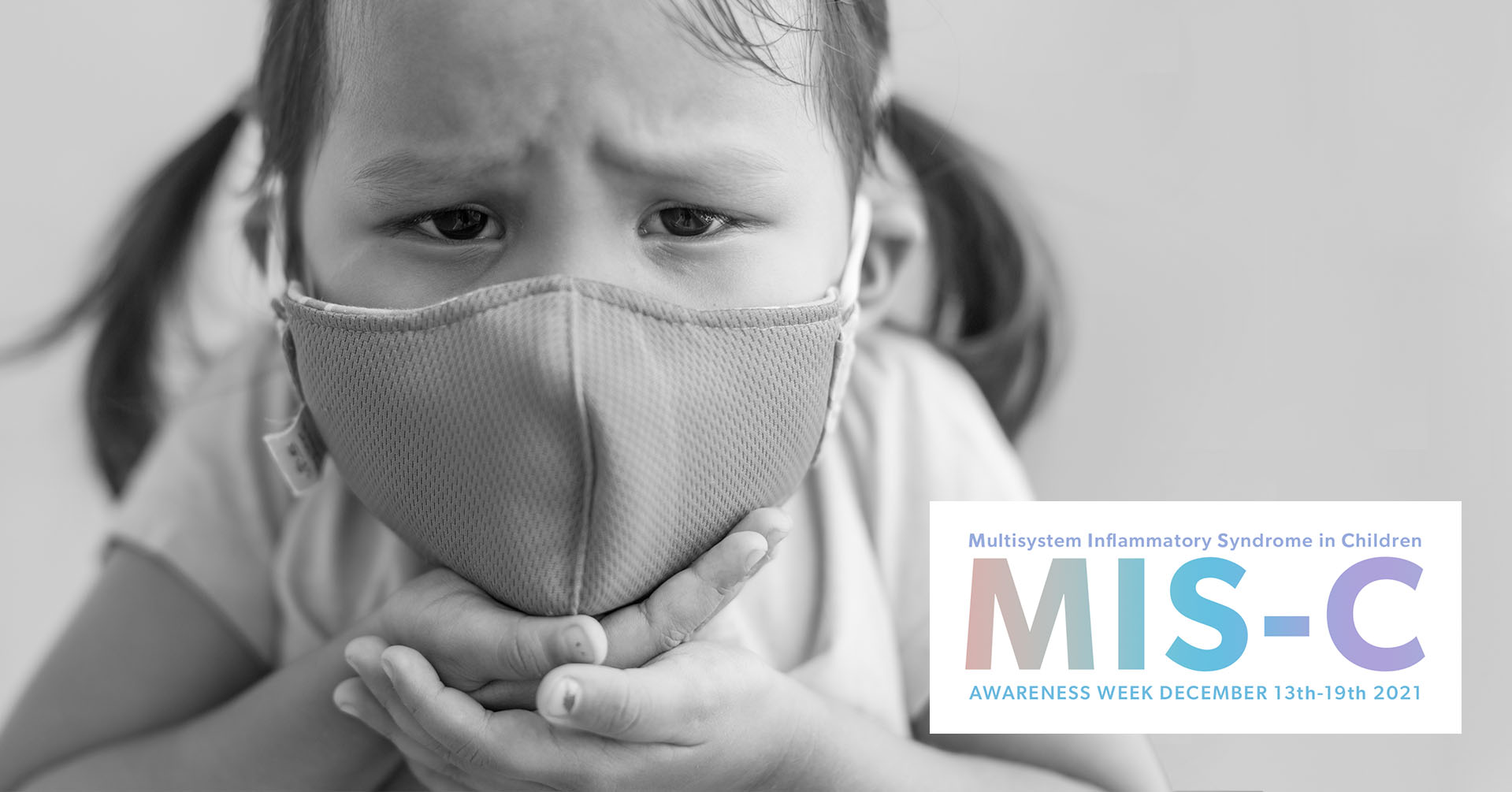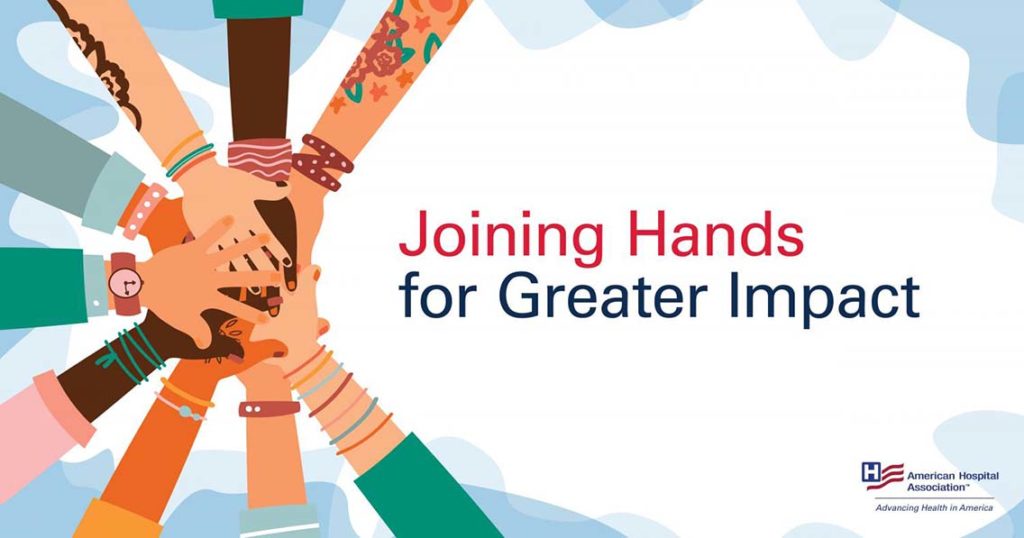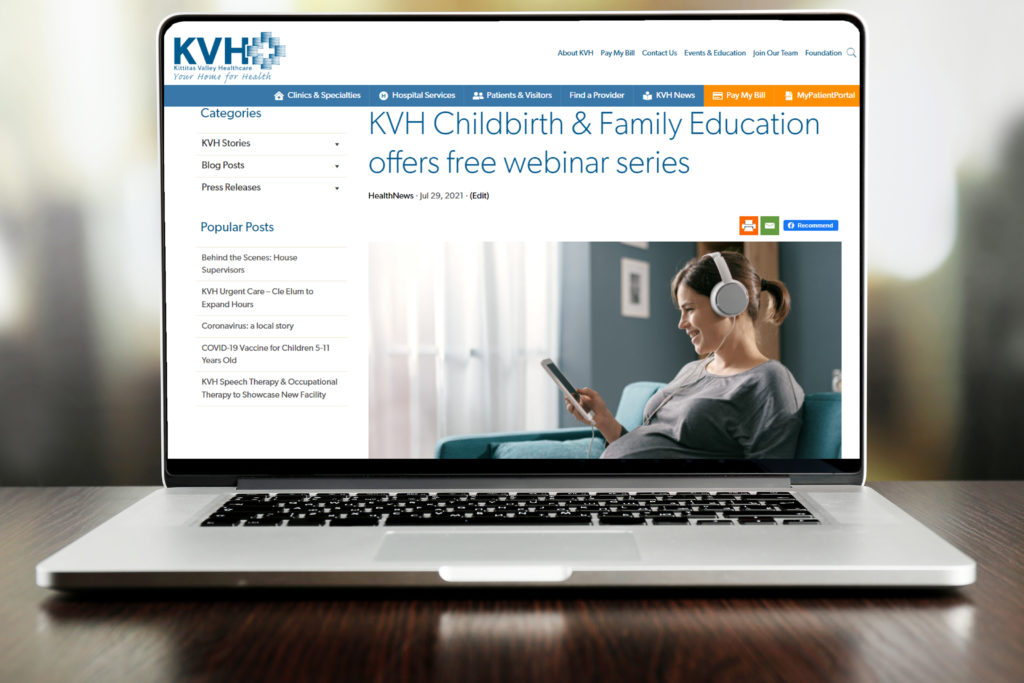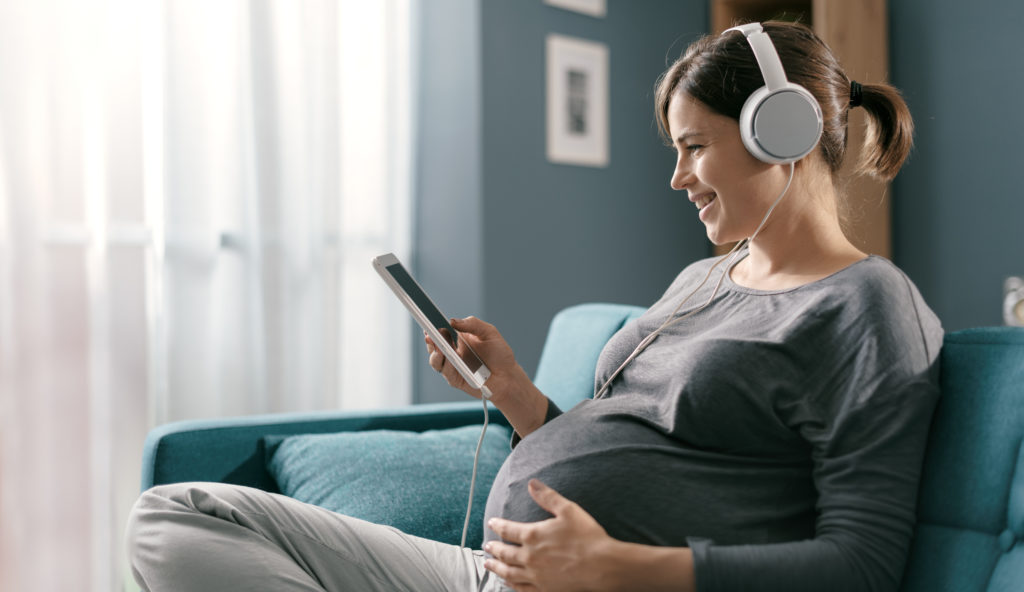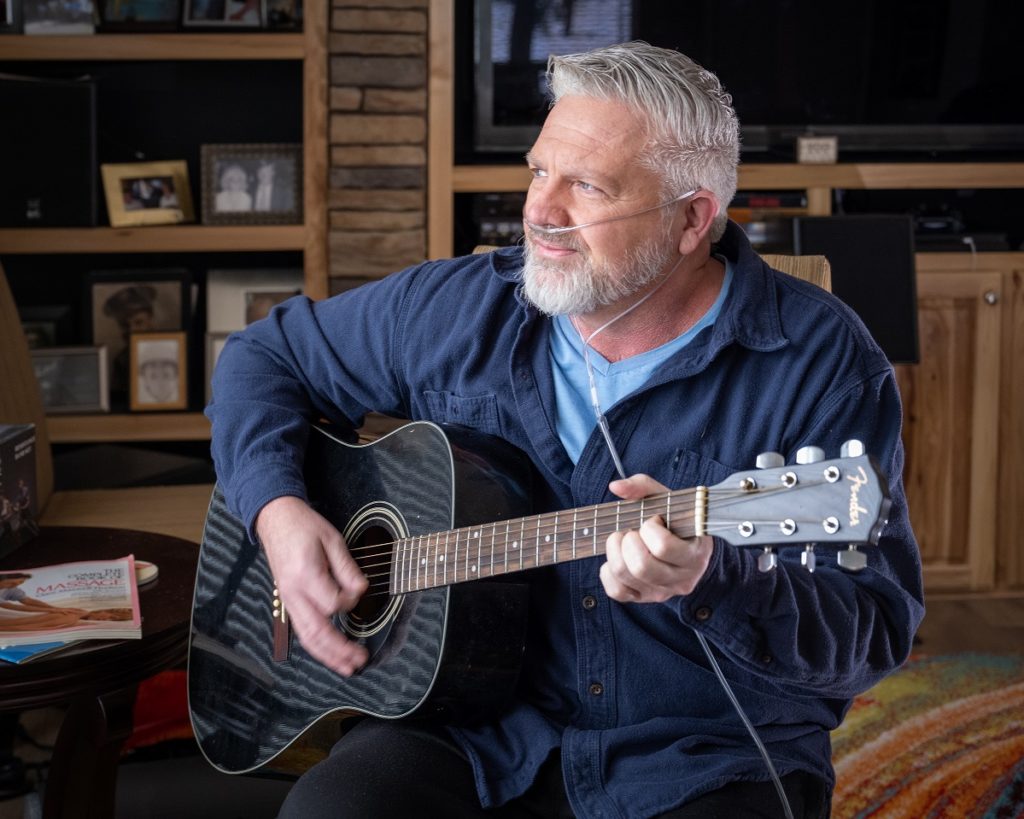
Reliable friend. Life of the party. Hardworking. People person.
That’s how Anthony Nelson’s friends and family have always described him. With a quick wit, sharp intellect and enviable social skills, Tony, 49, enjoyed a thriving dual career as a mortgage broker and realtor in Upper Kittitas County for the past 17 years. “I was helping people make the biggest purchase of their lives,” he says.
Then COVID struck.
Tony spent several days in a fever and mental fog. Concerned, his girlfriend took him to KVH Urgent Care in Cle Elum for a COVID test. While waiting at home for test results, Tony’s condition worsened. He stopped answering his phone. Tony’s mom sent an urgent text to her best friend, Marta Whalen, a nurse at KVH Hospital.
“She asked me to check in on Tony,” says Marta, who was on a trip to Colorado at the time. “She was worried that he sounded ‘not great’ on the phone.” The next day, Marta got a voicemail: Tony had COVID. Good thing Marta hadn’t been able to visit and be exposed to it.
“I’m thinking just the opposite,” says Marta, as what she jokingly calls her “nursing brain” went into high gear. “Yeah, I do probably want to go there if he has COVID and doesn’t sound good.” She returned to Washington the next day and made a beeline from the airport to Tony’s place.
Marta entered the house in mask and gloves. “I was vaccinated, but I hadn’t come face-to-face yet with a ‘full-blown’ COVID patient,” she admits. It was dark as she sat on the far corner of Tony’s bed and asked if she could turn the lights on. He agreed.
“Every breath in and out was wheezing, with difficulty,” recalls Marta, who knew she had to act quickly. She gave Tony the choice: call 9-1-1 or head to the urgent care clinic.
Tony opted for Urgent Care. It took mere minutes to assess him, and soon Tony was loaded into an ambulance. Before the rig departed, Marta made sure he had his wallet, phone and charger. “I knew Tony wasn’t coming home any time soon.”
Saving a Life
Tony has no memory of the ambulance ride or his time at KVH Hospital. He was shocked months later when scrolling through photos on his cell phone and discovering a video he’d made from his hospital bed. “I really thought I was dead,” he says, “so I made a video message for my family. ‘Mom, Dad, I love you. I wish I could have been a better son,’ – you know, just sad, very sad.”
Tony’s condition quickly deteriorated. He was airlifted to Harborview, where he spent 59 days on a ventilator, got a tracheostomy, was placed in a medically induced coma and then on ECMO (extracorporeal membrane oxygenation – a process that uses a special machine to replace the functions of the heart and lungs by externally processing and circulating a patient’s blood supply).
The gravity of Tony’s condition was clear to everyone. Without hesitation, his parents signed off on experimental treatments for their son, in hopes of saving his life.
Weeks later, Tony emerged from the induced coma. He’d been strapped to his hospital bed. “The first thing I heard was the noise of machines,” he recalls. “I heard the ventilator breathing for me and the ECMO transferring blood to and from my body. I had multiple tubes stuck in my neck and thighs. All I could do was observe. I was too shaky and weak to even write. I had a tracheotomy tube in my throat and couldn’t speak. I was just plain terrified, and couldn’t comprehend where I was or how I got there.”
For the next several weeks, Tony joined his medical team in the battle for his recovery. “We all fought like hell every day to make me live.”
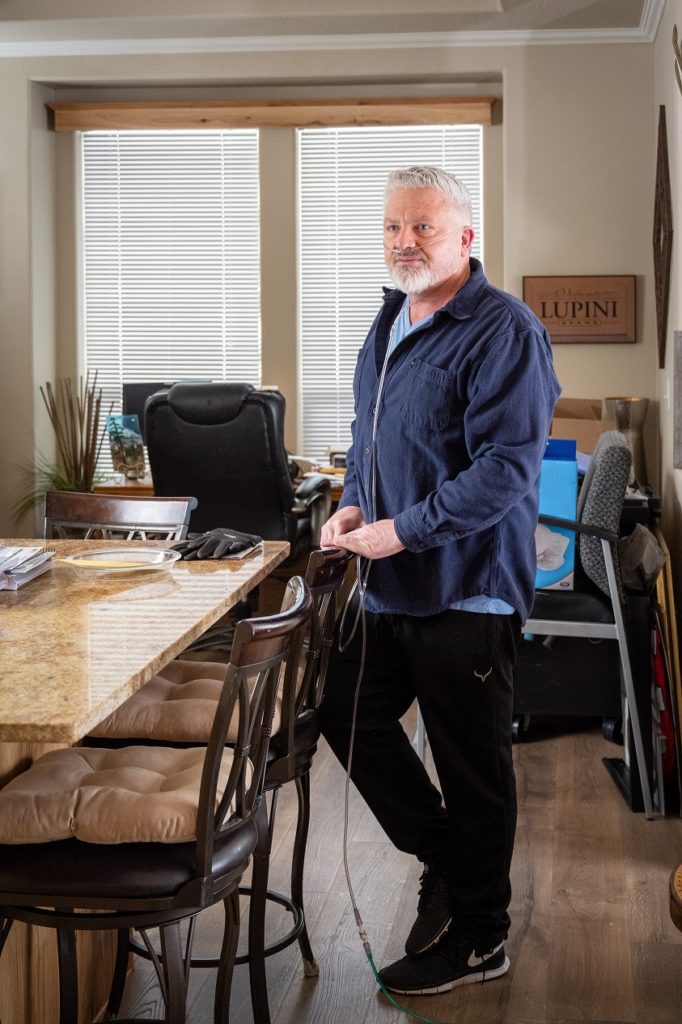
A ‘New Normal’
After two months at Harborview – “Where I believe the very best doctors and nurses in the world work” – Tony was finally released. “It was time for me to see and be with the people I love.” His sister-in-law Janell drove him to his home in Cle Elum, where family was waiting. They helped him out of her car, into a wheelchair, and into his house. “I’ve been here ever since,” laughs Tony, who can count on one hand the number of times he’s been out in the past six months.
“Tony doesn’t go to the grocery store. He doesn’t go out for entertainment, shopping, or visiting friends,” says his primary care provider, Dr. Andrew Thomas. (Doctor visits are also on the list of things Tony’s been unable to do as often as he should.)
When asked to compare Tony to his pre-COVID self, Thomas replies with compassion and great respect for his patient, “Tony is the shell of the man I once knew.”
On rare ventures out, Tony returns to KVH Hospital where he works with Jim Allen, Director of Cardiopulmonary Services, to test his now-damaged lungs. It’s an important part of what Allen calls Tony’s “very long road to recovery.”
“Tony’s situation is a vivid reminder of what COVID can do,” says Allen. “It also reminds me why healthcare providers do what we do.” During a visit in early September, Tony’s lung function measured at half of what it had been in January, pre-COVID.
The Aftermath
“Nobody’s taking COVID seriously until they get it. And then it’s just too late, man.”
Tony has a message for those who have witnessed his epic struggles and yet aren’t concerned about the virus. “First of all, you could die,” he says. “And second of all, if you do happen to make it through, you get to deal with the aftermath.”
For Tony, the aftermath means being unable to work, walk, and even talk for longer periods of time. It means body pains, tremors, headaches. Loss of concentration, memory and balance. It means using aids and adaptive equipment to do the most basic activities – breathing, walking, showering, going to the bathroom. And all while dealing with overburdened government and insurance systems to get basic assistance.
“I cannot operate or function without help from others,” Tony explains. “I now have oxygen machines, in-home physical and occupational therapy. My wonderful family bought equipment for my home. All these things cost money.”
Even so, Tony counts his blessings. He worries about others in similar situations who don’t have the resources and relationships that make all the difference when the bottom falls out of life. When a Facebook page was created to keep family and friends informed, some offered financial help. That was tough for Tony to take. “Everybody’s going through a hard time right now. There are people out there worse off than me.”
Caring about others is also the reason why Tony insists on sharing his story. “If I can help one person by sharing this, it’s worth it,” he says. “People need to know. It’s not just about getting sick, it’s about how sick you get. And then if you do happen to get incredibly sick, knocking on heaven or hell – if you survive, it’s a long deal.”
Final thoughts
A few weeks ago, Tony was able to get the COVID-19 vaccine, a fact he proudly announced during one of our phone conversations. He continues to adapt to his new life of daily struggle in the pursuit of healing and wholeness.
“Getting COVID is one thing,” says Tony. “Getting severe COVID is an entirely different subset of the disease. If people don’t act with common sense and get vaccinated, they can get COVID, severe COVID, and possibly die.” He adds, “None of these things need to happen. Those without a medical history of adverse allergic reactions need to get vaccinated. People need to think not only about themselves but society in general.”
“Tony lost his self-confidence, and for a while he lost his sense of humor,” notes Dr. Thomas. “He is rebuilding his emotional strength, but his physical strength has not yet returned. And at this point, he doesn’t have confidence that it ever will.”
“It must be really, really difficult to realize that you might never have the capacity or potential that you did before,” agrees Marta. Having lost two unvaccinated friends to COVID in the past year, she pleads for others to reconsider their own decisions not to vaccinate. “Please, think of the community, and the families that you live with and love.”
Perhaps because Tony beat the odds when others in his situation didn’t survive, his closest friends and caregivers can’t help but be optimistic. That includes Marta, who Tony will forever credit with saving his life by making him get out of bed and get help.
“Tony’s got a long recovery ahead,” says Marta, a smile coming through in her voice, “but I’m confident that he can get there because he’s so stubborn and strong.”
“This has pushed my mind and body harder than anything I have ever been through,” says Tony. “It’s made the good old days of two-a-day practices when I played college football seem like an ice cream eating contest.”
While each day brings a new set of challenges, Tony’s brush with death has given him a renewed outlook on life.
“I am grateful and happy to be here in the present.”
With all the support he’s received, Tony’s list of people to thank is a mile long. Here are just a few of the people he’s very grateful for:
Tony’s parents, Ronda & Ray Thompson and Mike and Phyllis Nelson
Marta Whalen
Stacy Houle
The team of doctors at KVH Hospital, including Jim Allen
The many teams of doctors & nurses at Harborview Medical Center
Dr. Andrew Thomas
Karlee Rahm
Gina Bjorklund
Drew & Jeanell Nelson
Justine Viviano
All the friends and family members that visited Tony in the hospital and supported him virtually on the group Facebook page
Special call-out to these friends that have gone above and beyond: Chanda and Matt Daly, Tim Stime, Jamie Steele, Justin Trost, Mark Krier, Mario Aguedelo, Rob Zutter & Meke Hansen, Wendy Retacco Hatteberg – owner of Retacco Law Offices – for donating pro bono legal services
